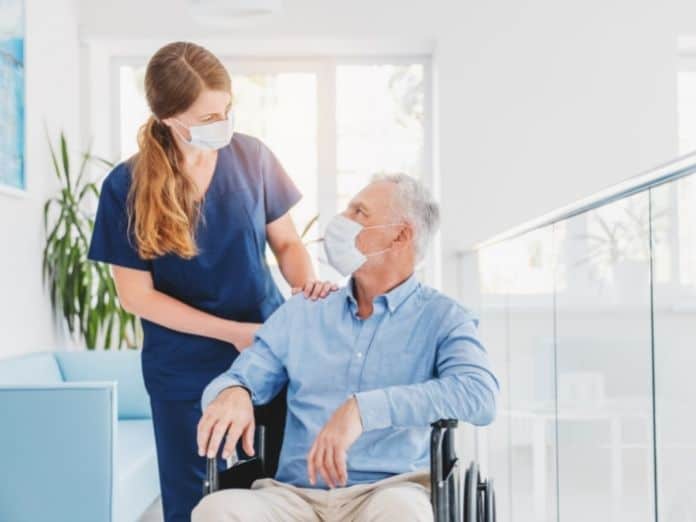Patient education is a process that allows health care workers to teach their patients about conditions, treatments, and other elements of their health. It’s one of the most important parts of the relationship between a health care worker and a patient. For this reason, it’s essential that doctors, nurses, and patients alike understand the benefits of proper patient education.
Reduces Patient Anxiety
It’s not uncommon for patients to be nervous in the doctor’s office, especially if they aren’t fully informed on matters of their health or don’t quite understand the information that is conveyed. Proper patient education plays a key role in lessening patient anxiety. When patients understand what is going on with their health or know what to expect from a given treatment, they will feel far less anxious and fearful of the unknown.
Fosters Relationships With Patients
Practicing good patient education is also an excellent way to foster strong relationships between medical staff and patients. When the two parties establish a good rapport and trust, patients will be more motivated to engage with their caretakers and follow through on advice, instructions, and prescribed treatments. Patients who have a good relationship with their health care staff also tend to be more satisfied with the quality of their care.
Allows Patients To Be Involved in Their Care
One of the most important benefits of proper patient education is that it allows patients to participate in their health care and treatment. When patients understand the reasons for their care and are involved in it themselves, they are far more likely to be invested in it. Generally, patients who are more invested in their care will see better results from treatments than those who are less active in their own medical care.
Proper patient education holds benefits for both patients and medical staff. If you’re a medical worker yourself, incorporate some education strategies into your day-to-day interactions with patients. Patients, too, can be involved in their education by forming relationships with medical staff and seeking to learn about and participate in treatments.






